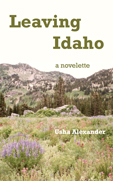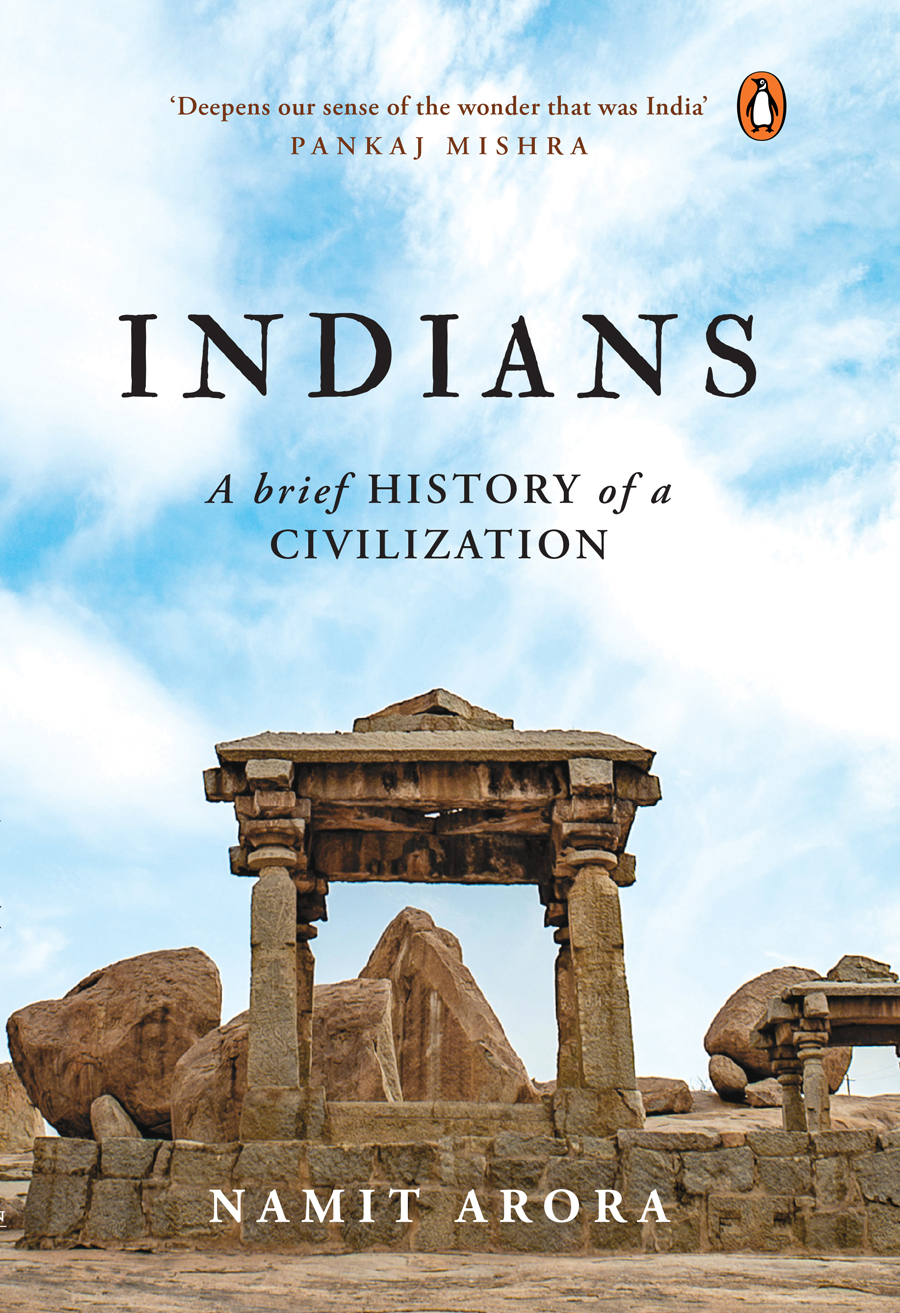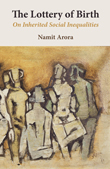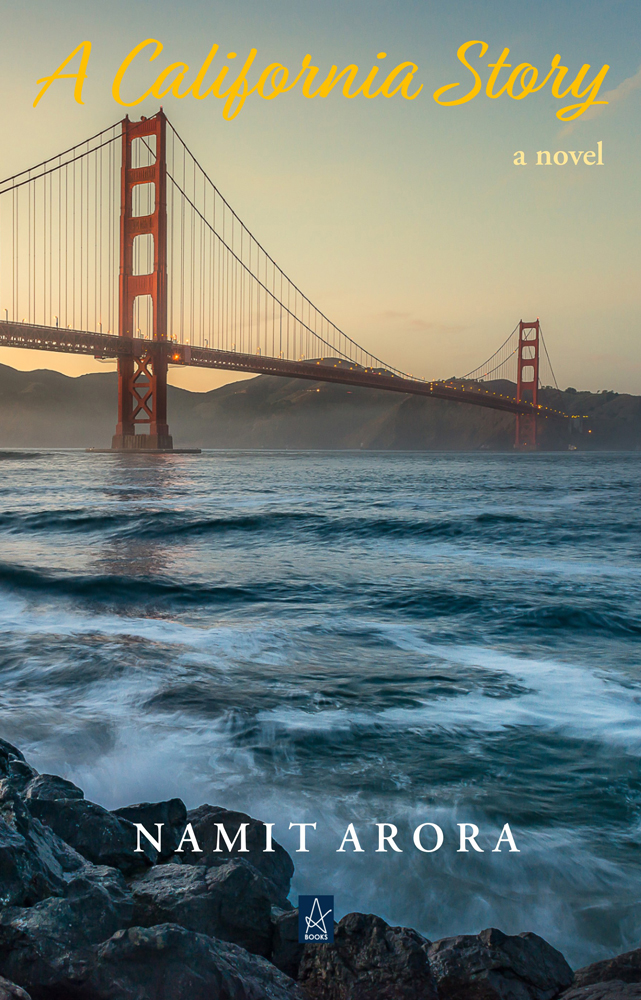| Index of articles from the Blog |
| Animals |
| Anthropology & Archaeology |
| Art & Cinema |
| Biography |
| Books & Authors |
| Culture |
| Economics |
| Environment |
| Fiction & Poetry |
| History |
| Humor |
| Justice |
| Philosophy |
| Photography |
| Politics |
| Religion |
| Science |
| Travel |
Books by
Books by
|
By Usha Alexander | Mar 2021 | Comments
|
[This is the ninth in a series of essays, On Climate Truth and Fiction, in which I raise questions about environmental distress, the human experience, and storytelling. It appeared first on 3 Quarks Daily. The previous part is here.]
These words, splashed on posters, jumped out at me from images sent by a friend. The posters were part of an exhibition called We Need To Talk About Fire, hosted at an artists’ gallery along the Nowra River, about halfway between Sydney and Canberra. The Nowra River region had been hard-hit by the catastrophic Australian bushfires of 2019–20, following an unprecedented drought. Fire season in Australia is worsening as the planet warms, just as it is in the western United States, the Amazon, and Siberia. And the 2019–20 Australian season was particularly horrific, igniting a follow-on spate of depression and suicides in the area. What struck me about these posters was the raw simplicity of their messages, which ranged from forceful platitudes to agonized queries. In their talk about these bushfires of extraordinary fury, worsened by climate change, there’s no mention of technical solutions. No demand for new wind farms or lowered carbon intensity. Instead, the posters surface what so often gets buried beneath the statistics, acronyms, and cost-benefit analyses common in our dialogs on climate and environment. They voice the thoughts of people who narrowly escaped the flames as the sky burned. People who lost pieces of their lives in an incomprehensible inferno—loved ones or homes or a quietude of mind. For me, the posters recalled the millions more, elsewhere, who might also be expressing similar feelings: Survivors of entire towns leveled by fire in the western United States, from Paradise, California in 2018, to the several communities of Detroit, Blue River, Vida, Phoenix, and Talent, Oregon in 2020. Survivors of back-to-back typhoons Kenneth and Idai, the two most powerfulcyclones ever to strike Mozambique, which hit within six weeks of one another, in March and April of 2019, fueled by rising sea surface temperatures. Survivors of typhoon Goni, the strongest recorded cyclone ever to make landfall anywhere, which hit the Philippines just days after typhoon Molave had hammered the same region, during the Covid-19 pandemic in October and November of 2020. Others too, for whom the damages and dangers of our rapidly changing planet must already feel immediate, existential, and relentless, eclipsing hopes for a return to “normalcy.” I’m thus far fortunate to not have lived through traumatizing weather disasters. Still I felt I recognized something in those posters that talked about fire. Their words echo within my own chasms of dread, as I come to appreciate more keenly the depth, breadth, and scope of our planetary and civilizational predicament. In dwelling on these Earth-shattering matters, it seems to me, so much of what you want to imagine you know gets stripped away. You are gripped, at times, by an acute sense of disorientation, something akin to an experience I described at the start of this series, of a time I got lost in a drowning tropical deluge: alone in the dark, no light from any quarter, no solid substance in my grip, no trust in what might be real. And before you can discover what to do about such a dislocation—what new story might provide a thread for you to find your way—the raw and urgent formulations are all that’s left: Change. Resilience. Where do we start? I’ve got no idea. What happens after this? Listen! The answer is here! Every natural disaster is surely agonizing and disorienting. There have always been survivors of floods and earthquakes shaking their heads on the evening news, stoic as they vow to rebuild. But in the context of irreversible planetary change, of mounting and overlapping disasters—flood, fire, drought, derecho, pandemic, hurricane, avalanche—striking year after year, sometimes month after month, within the radius of one’s personal awareness and attachments, I wonder if more survivors may be feeling that it’s not just a matter of rebuilding what was lost. That the loss far exceeds the immediate calamity. That their baseline presumptions of stability may no longer be valid. That perhaps everything is not going to be alright and they will never be returning home. So too with the survivors of slower environmental catastrophes, whose livelihoods have dried up over the past two or three decades, as agriculture falters in Central America, western Asia, Australia. As fish catches plummet and the land sinks along Indian Ocean coastlines, or on Pacific islands like the Carteret atoll and Kiribati. The Carteret Islanders, for one, already know they must completely abandon their ancestral homeland, where dying coral reefs, overfishing by international commercial vessels, and rising seas have incapacitated their once idyllic atoll, rendering it now uninhabitable (those who remain there today are dependent upon food shipped from Bougainville, the nearest island nation, over fifty miles distant). Their relocation, most of them to Bougainville, is likely to be a death blow to the Carteret Islanders’ once self-sufficient and peaceable way of life. Their traditions of power sharing, their egalitarian economy, kinship ties and mutual obligations, skillsets and aesthetics, their very worldview was intimately tied to the landscape they had inhabited and the livelihood they had practiced for hundreds of years; it’s not clear how these cultural features will morph as they’re ported into a materially new world with new landscapes, settlement patterns, foods, livelihoods and leisure, outside influences, novel desires, and an unimagined vulnerability to poverty. Sometimes dubbed the world’s first climate refugees, Carteret Islanders number only a couple thousand. But they will be followed in their fate by the hundred-thousand people of Kiribati, who will suffer a similar magnitude of loss. So too the Marshallese. Hundreds of thousands of refugees will accrue from the small island countries alone. Entire sustainably operating societies summarily displaced through no fault of their own, their collective and individual futures stolen from them because we, in the “developed world,” were told we could—we should!—have as much “stuff” as our hearts desired, that the Earth would provide without limit, and we wanted what we wanted. And then there are those along the eastern seaboard of the USA, millions living near low-lying shorelines, whose future stability is also uncertain. There are towns like Cameron and Creole, Louisiana, hit by five hurricanes since 2005—three of them in 2020—where more and more residents are giving up on rebuilding, opting to migrate instead. In Alaska, thousands of Indigenous people live in villages that are sinking as the permafrost thaws and the sea climbs. Living in the US, one might expect that these people will find some sort of protection. But while the wealthiest may have insurance, insurance schemes are faltering and the non-wealthy majority are unlikely to receive any restitution for lost land or plummeting home values. And what can compensate for the abandonment of multi-generational landscapes or communities and social networks that have been dispersed? For Indigenous Alaskans, their villages on the sea are essential to their way of life. There was once a hope the government could help reconstitute their villages on more solid ground. But when moving an Arctic village of four hundred people was found to cost about four hundred million USD, the idea was abandoned. The Next Great Human Migration Humans are a migratory creature, by nature. Our time on Earth once saw families and whole communities roaming irrepressibly across open savannas, leaning hard into the blowing tundra, scaling snowy mountains and crossing jagged ranges, fording dense marshlands, even sailing edgeless expanses of ocean. For nearly three hundred thousand years of the human story, our ancestors were always on the move. They walked and walked. Ceaselessly. Until only a few thousand years ago—like yesterday, on an evolutionary timescale—when the stable Holocene climate and rising human population densities prompted the first settlements. Viewed against the long past, this new fashion of unbudging sedentism is anomalous human behavior. But territorially defined nation-states abhor nomadism. So, during the centuries of European colonial expansion, the colonial powers did everything they could to destroy the lifestyles of nomadic peoples, forcing them to settle and work as laborers, through coercion and indoctrination. Increasing settlement, entrenching patriarchies, and the spread of the growth economy, aided by improved urban hygiene, facilitated human overpopulation to the point where there remain no more open lands to buffer migrations or absorb human displacements. In a very short period of time, we’ve built and ossified a world in which migration is utterly disruptive to how we live—to our politics, identities, social order. The disruption is felt by both the migrants, who lose everything, and by those asked to take them in, who fear the changes or the competition the newcomers will bring. Given the unfolding planetary changes, this is an unfortunate position we’ve backed ourselves into. Because people will be migrating once again in larger proportions.
In the years ahead, these numbers will rise further with the frequency and severity of disasters, overwhelming the capacity of humanitarian organizations. What happens when there are not just a hundred thousand people leaving barren farms and the ensuing local violence to gather at the southern border of the United States, but a million? When five million flee the killing heat of Western Asia for Eastern Europe? Or try to outrun the expanding Sahara Desert by crossing into Southern Europe—from there to Central and Northern Europe? When fifty million north Indians, Pakistanis, and Bangladeshis disperse in search of water, after their major river systems, fed by Himalayan glaciers, fade into streams? When a hundred million Southeast Asians abandon their coastal zones, their lands inundated by salt, their seas emptied of fish, their cities submerging? The UN High Commission for Refugees has stated that two hundred and fifty million climate refugees by 2050 is a conservative estimate; the UN International Organization for Migration cites estimates ranging as high as a billion people on the move by midcentury, depending on just how poorly things play out. Such displacements are far too big to be contained within national borders or answered with temporary aid. States will collapse; borders will get redrawn; other nations and communities will be called upon to provide support and make space to accommodate the desperate. And while such migrations won’t just erupt in a flash-mob one fine evening, it will behoove us to figure helpful responses now, as the problem relatively quietly accrues.
We might conceive of this as a new era of human migration, at a scale not seen in thousands of years, undertaken in a world no longer accommodating of it. It’s difficult not to imagine great waves of humanity on the move, pressing up against militarized borders possibly to be gunned down, turned away, or cast into refugee encampments. The tumbled and drowned refugees, the distressed camps, the caged children—these represent just a glimpse of the migrant tragedies yet to come. It’s in this context that I wonder at what point mass migrations might find the tipping point that upends our current geopolitical organization, or even our present globalized civilization. Climatic and ecological breakdown is—above all—a humanitarian crisis. It’s about people losing their lands, their livelihoods, their communities and social support networks, their sense of security, their identities, their dreams for their future, their cultural and material inheritances, their lives. It is a matter of the profoundest upheaval, of change and resilience, of seeking answers as people ask, What happens after this? Our challenge is to protect people, especially the most vulnerable. If we’re approaching the problem humanely, those are the foundational matters that should lead—rather than merely result from—any technological fixes we allow to guide our politics. And yet, today there isn’t any legal recognition of a “climate refugee,” let alone a refugee from depleted fisheries or poisoned soils. Yet these matters should be a part of our conversations on environmental justice and climate change, no less than carbon taxes, battery technologies, and Green New Deals.
[Part 10: On Progress As Human Destiny] Earlier Essays in this Series 1. What We Talk About When We Talk About The Weather 4. Tales From a Changing World 6. Modern Myths of Human Power Images 1. An image of some of the posters featured in Spark A Reaction, Wendy Murray and Shoalhaven Community, 2020 (Installation image in Bundanon Homestead). Photo by Suneeta Peres da Costa. 2. A graph showing the recently rising number of displaced persons from all causes, worldwide, from the UNHCR report, "Global Trends: Forced Displacement 2019". 3. A graph showing that disasters cause far more displacements than conflict, from the IDMC report, "GRID 2020: Global Report on Internal Displacement". The especially large spike in 2010 is primarily due to extreme flooding in China and Pakistan during that year, which displaced 26 million in those two countries, alone. 4. Syrian and Iraqi refugees arrive by boat in Lesvos, Greece, in 2015, where they're met by Spanish volunteers to help them. Image by Ggia. Creative Commons. |
Designed in collaboration with Vitalect, Inc. All rights reserved. |
|








